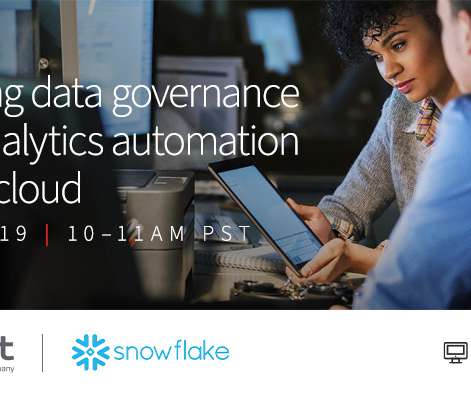Breaking down data silos for digital success
CIO Business Intelligence
NOVEMBER 7, 2023
Given the importance of sharing information among diverse disciplines in the era of digital transformation, this concept is arguably as important as ever. The aim is to normalize, aggregate, and eventually make available to analysts across the organization data that originates in various pockets of the enterprise.














Let's personalize your content